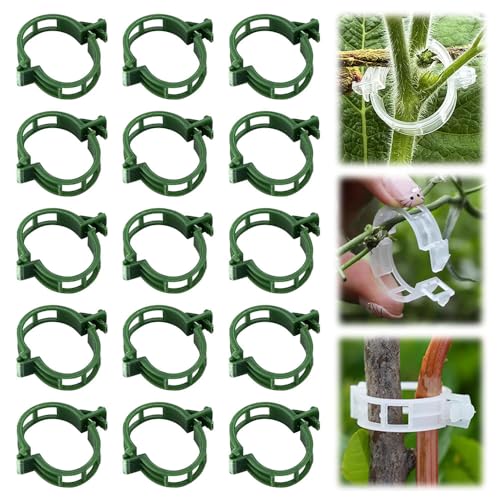Blue Flowers for Your Garden
Blue Flowers for Your Garden – Most gardeners are drawn to the rarity and charm of blue flowers. While many flowers claim to be blue, only a few are genuinely pure blue. Catalogs often mix up blue and purple shades. But in the world of colors, blue is like a team player, getting along with everyone, and making most colors look better. Anchusas, are special because their blue flowers stand out and make gardens beautiful.

Anchusa: Your Garden’s Blue Star
Anchusa is part of the Borage Family, related to Forget-me-not, Heliotrope, and other useful plants. There are three types: some live for one year, some for two, and some keep coming back every year. They grow into big groups with wide leaves and tall stems, carrying clusters of small blue flowers. The best part? They’re not picky about where they grow; they’re happy in sunny spots or a bit of shade.
Growing Anchusas: Easy and Fun!
Anchusas are friendly plants. You can grow them from tiny seeds, and if you plant the seeds in spring, they’ll start growing in about 15 to 20 days. They’re also cool with sharing – you can make more plants by dividing them.

- A. capensis Blue Bird (Cape Forget-me-not):
- Short plants with bright indigo-blue flowers
- They bloom all summer and look great in your garden.
- A. barrelieri:
- A two-foot plant with deep blue flowers and white and yellow centers in spring.
- A. italica Varieties:
- These are strong plants that come back every year.
- Dropmore has rich gentian-blue flowers, Opal has light blue flowers, and Feltham Pride is a more compact version with lots of blue flowers in June.
- Morning Glory is a new kind that comes back every year and looks lovely.
- Russian Forget-me-not (A. myosotidiflora):
- This one is super lovely, starting to bloom in early spring and going on until it becomes a mound of heart-shaped leaves, almost hiding under sprays of blue flowers.
- It’s excellent for low borders or big rock gardens. It looks especially nice with Daffodils and early Tulips.
Tips for Growing Anchusas
If you plant A. myosotidiflora seeds in spring, they take 30 to 60 days to start growing, and it’s a bit unpredictable. But if you plant them in the fall in an open space, they usually do well. In rock gardens, where you don’t dig the soil too much, they spread on their own, making more baby plants every spring. And if you want more, just split them apart and move them around.
Blue: Making Your Garden Peaceful
Blue is like a peaceful color for your garden. When Anchusas wear this color, they make your garden look calm and deep. You can use them to make sunny gardens look cool and shady, balance out too many bright flowers, and make other colors look even better. Anchusas, with their true blue flowers, let smart gardeners create beautiful and peaceful garden spaces.
- How to plant a carrot 2024
- World of root crops and Growing carrots 2024
- Harvesting Vegetables: When and How for Beginners 2024
- Revitalize Your Lawn: The Ultimate Guide to a Greener 2024
- Desert Gardening: Essential Tools for Success 2024
#True #Blue #Anchusas #Backyard #Gardener
Discover more from Gardening with Ecorganicas-Source for Organic Gardening Tips
Subscribe to get the latest posts sent to your email.





